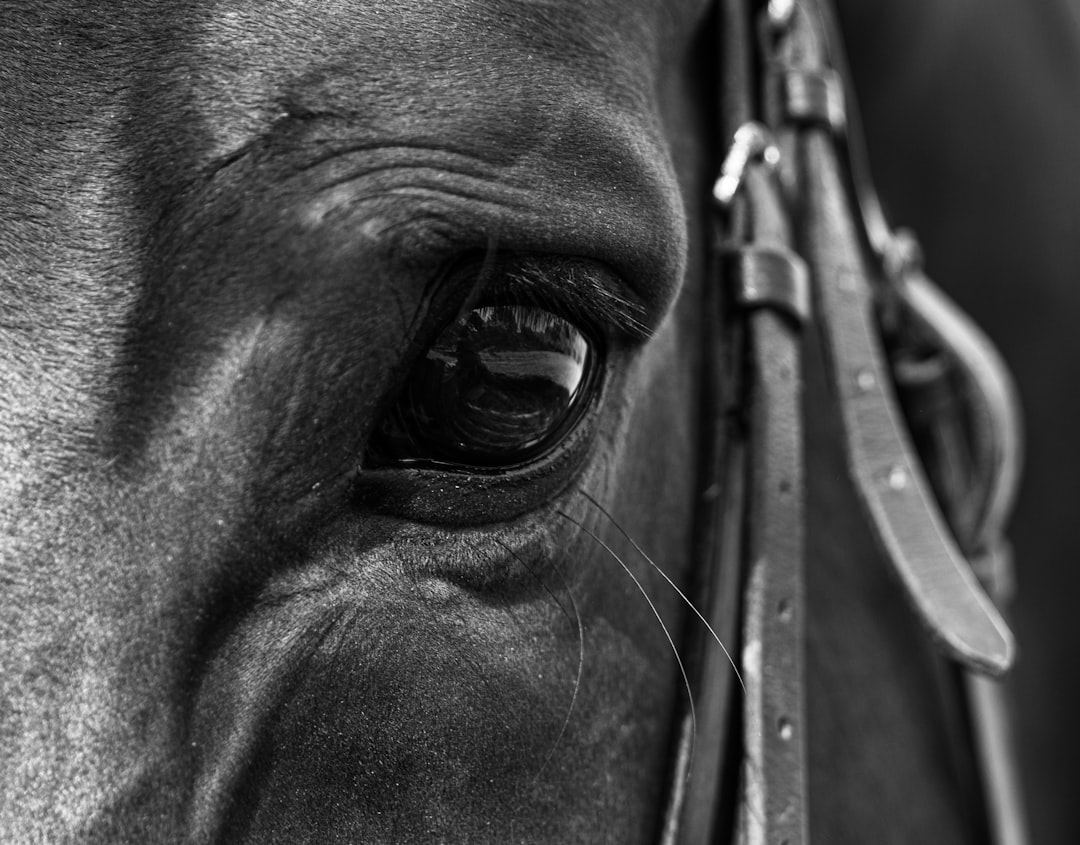Hey FEI, we need real change now
A Welfare Commission is not enough to save the face of equestrian sport
The international equestrian federation (FEI) has announced an independent Commission to address welfare issues, in light of recent criticism from the public about how horses are treated in competitions. This is a much bigger deal than it may seem, because it’s essentially an admission of guilt. The FEI are acknowledging that their regulations and practices need to change.
In a press release, FEI president Ingmar de Vos refers to the concept of social license – whether a sport is accepted by society or not – and says that “equestrian sport and the FEI’s activities are more than ever under public scrutiny”.

That’s putting it mildly. As the governing body, the FEI is responsible for everything that goes on at international equestrian events – and frankly, a lot of it isn’t great. Last year’s summer Olympics was a disaster in terms of horse welfare. Here’s an excerpt from a post I wrote on August 7, 2021:
“Several riders in the show jumping competitions beat their horses with a whip when they refused at an obstacle. Throughout all the equestrian disciplines I saw jabbing spurs, tight nosebands, unnecessarily harsh bits, and almost laissez-faire use of the whip. Where did the horsemanship go?
Then we have the injuries. One horse started bleeding profusely from the nose during the individual show jumping final. Another horse crashed through a fence and landed on his knees. A third one got stuck on top of an obstacle on the cross-country course.
And finally we have the fatality. One horse was so badly injured during the cross-country phase that he had to be euthanized. Think about it. Would any other sport tolerate an athlete dying as a consequence of the competition?”
The FEI has a lot to answer for, and the Commission can be a good place to start, especially as it features several well-known equine welfare researchers such as Dr. Natalie Waran and Dr. Camie Heleski. But let’s face it, it won’t matter how great the independent experts are if the FEI doesn’t take their suggestions seriously. There is a risk – as always with sensitive policy issues – that this is just a smoke-and-mirrors way for the FEI to deflect responsibility and engage in welfare washing.
There is already compelling scientific evidence to enact and enforce rules on noseband tightness, head position, and whip use, for example. If the FEI are serious about improving sport horse welfare, they can start immediately; they don’t have to wait for the Commission report.
So why don’t they? It’s hard to find any credible explanation for why they allow certain practices to continue.
Take their inability to regulate bit- and noseband use, for example: the 2022 jumping rules (article 257, section 1.4) state that “there are no restrictions on bits or nosebands. However, the Ground Jury has the right, based on veterinary advice, to forbid the use of a bit or noseband that may cause injury to the Horse.”
The FEI acknowledges that bits and nosebands can cause injury, but instead of explicitly regulating noseband tightness and bit use they place the responsibility on the ground jury, who are expected to make a judgement call in the middle of a competition that has huge implications for horse welfare and competitive success. This creates an environment of subjective rulings that are inefficient and unfair.
The regulation of whip use is even more arbitrary, as it varies between disciplines. In show jumping (article 243, section 2.2) a rider is allowed to hit their horse three times in a row. In eventing (article 526, section 3), a rider is only allowed to hit their horse two times in a row. In dressage, a rider is not allowed to carry a whip at all during the competition, except during the prize-giving ceremony for “safety reasons” (article 436, section 6). In endurance racing, a rider is not allowed to carry a whip at all (article 825, section 3.4).
I fail to see any logic behind allowing a show jumping horse to be hit three times but an eventing horse only two times, and an endurance horse zero times. The horses’ ability to feel pain and fear doesn’t vary between disciplines, and neither should the definition of excessive whip use. (In fact, the FEI should take ethology and learning theory into consideration and explicitly forbid whipping horses as punishment when they stop at an obstacle. It has no positive effect on subsequent performance and is therefore impossible to justify. It’s straight-up abuse.)
Hopefully, this new Commission will present a more thorough revision of the FEI regulations, focusing on both equipment, training methods, and management of horses (did I hear someone say ad lib forage and paddock time at all FEI events?). But until then, let’s keep putting pressure on the FEI to make immediate changes to improve horse welfare:
Regulate bit use and noseband tightness in all disciplines and enforce it.
Ban any whip use after an incident, such as after refusal at an obstacle.
Harmonize the definition of excessive whip use across all disciplines and limit whip use to one (1) hit.



